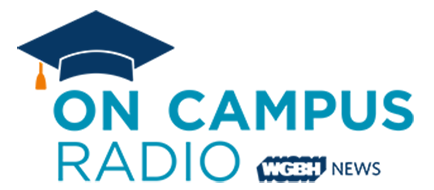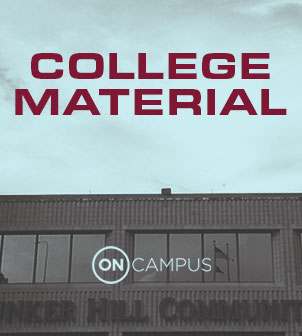College Hill, Providence, Rhode Island (Will Hart from Fullerton, U.S.A., via Wikimedia Commons)
Rhode Island Governor Gina Raimondo on Monday announced her free-college proposal to lawmakers and the public.
Raimondo's plan would cover tuition and mandatory fees for the first two years at Community College of Rhode Island, the state's only community college, or the last two years the University of Rhode Island and Rhode Island College, the state's four-year schools.
"The hardest part of college should not be paying for it,” Raimondo said during her State of the State address on Tuesday evening.
The Governor's announcement comes at a time when economists predict that, by 2020, 65 percent of jobs will require at least some education or training beyond high school.
“I say we take charge of our future and tonight I propose to you that Rhode Island become the first state in America to guarantee two free years of tuition at college for every Rhode Island student,” Raimondo said during her speech, receiving her biggest applause of the night.
Unlike other free-college proposals this one has no income limits. Raimondo's office estimates about 8,000 students would participate, costing taxpayers about $30 million each year - a manageable amount, according to the governor.
To qualify for free tuition there are few restrictions -- no minimum GPA or test results.You just have to be an in-state high school student and get into one of the state's three public colleges.
To stay in the program, though, students have to maintain a C average.
Related: Free College In Boston? Not Quite
The goal is to encourage more students to graduate on time and eliminate or reduce student loan debt.
So far, the proposal has been popular among young Rhode Island students.
"I think it's great because some of us don't really have the money to pay for college and it's hard because we have to work two jobs and stuff like that,” said Catherine Suerl, a student at Rhode Island College in Providence.
“Obviously I'd love it because I can barely afford college as it is. I feel like it would help everyone in the long run,” said Sam Ducharme, another student at RIC.
Rhode Island is currently spending about $150 million each year on higher education. Raimondo’s proposal would boost that budget by 20 percent - an increase some experts say is feasible.
“It’s a significant increase, but if the governor wants to make it happen it can probably happen,” said Robert Kelchen, who researches higher education policy at Seton Hall University.
Rhode Island is one of only six states where Democrats still have complete control and, Kelchen says, the small size of the state's college system should help Raimondo's effort.
“The state only has to deal with three colleges and a key policy goal is keeping students in state,” Kelchen said.
Economists admit free college could be a bi-partisan selling point for Rhode Island, which is desperately trying to attract new employers that require an educated workforce.
But Sandy Baum, a senior fellow at the Urban Institute, is skeptical.
“Students are now paying a significant amount of tuition," Baum said.
Before making public college free for some, Baum thinks, Rhode Island should make it more affordable for all students.
“They should be funding higher education better than they are. Tuition should be lower than it is. But to magically get all the way to zero? How are they going to do that?”
Raimondo’s plan still must be approved by Rhode Island's legislature, where some critics wonder where the money is going to come from.
Rhode Island Public Radio's John Bender contributed to this report.
Earlier: Amid State Funding Cuts, Public Research Universities Find Unlikely Advocate











